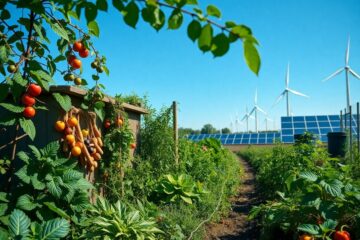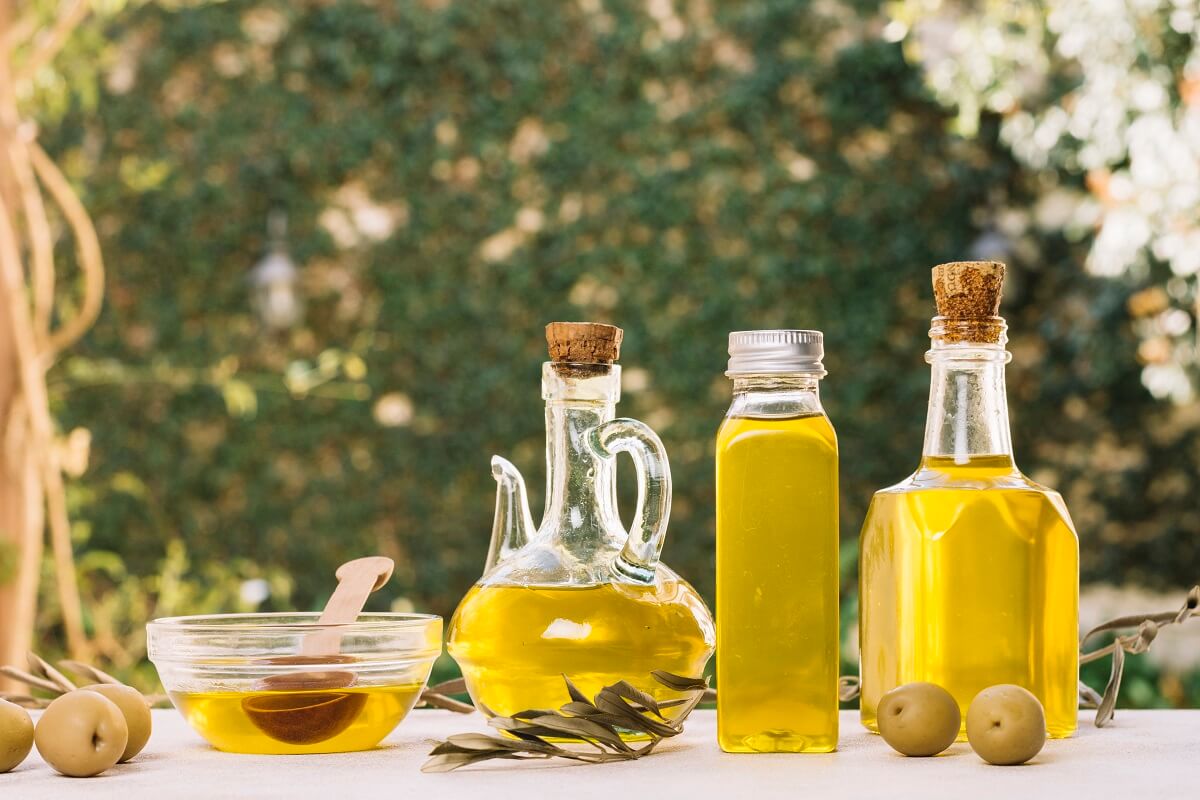Overwhelmed by the thought of starting your own mushroom garden? Fear not, as we have compiled the ultimate guide to help you every step of the way. From selecting the right mushroom species to understanding the ideal growing conditions, we cover everything you need to know to cultivate a successful harvest. Learn about the dangerous mistakes to avoid, discover the positive benefits of growing your own mushrooms, and get ready to launch on this exciting journey towards becoming a mushroom gardening expert.
Table of Contents
Key Takeaways:
- Choose the right type of mushroom: Selecting the appropriate species of mushrooms to grow is crucial for a successful mushroom garden.
- Provide the ideal growing conditions: Maintain a clean and humid environment with proper ventilation and lighting to ensure the mushrooms thrive.
- Use quality substrate: The substrate, such as straw, sawdust, or compost, plays a significant role in the growth of your mushrooms.
- Monitor the growth and health of your mushrooms: Regularly check for any signs of contamination, pests, or diseases to ensure a healthy crop.
- Harvest your mushrooms at the right time: Pick your mushrooms when they are mature but before they release spores to maximize freshness and flavor.
Understanding Mushrooms
Obviously, mushrooms are a fascinating and diverse group of organisms that have captured the imagination of humans for centuries. They are neither plants nor animals but belong to their kingdom called fungi. Mushrooms play a crucial role in the ecosystem as they help decompose organic matter and recycle nutrients back into the soil.
Types of Mushrooms Suitable for Home Gardens
With respect to growing mushrooms in your own garden, there are several options to choose from. Some of the most popular types of mushrooms that are well-suited for home cultivation include button mushrooms, shiitake mushrooms, oyster mushrooms, lion’s mane mushrooms, and reishi mushrooms.
- Button mushrooms: Easy to grow and versatile in cooking.
- Shiitake mushrooms: Known for their rich and savory flavor.
- Oyster mushrooms: Fast-growing and delicious in stir-fries.
- Lion’s mane mushrooms: Unique appearance and taste, often used in gourmet dishes.
- Reishi mushrooms: Valued for their medicinal properties and immune-boosting effects.
Any of these mushrooms can be cultivated at home with the right knowledge and tools. It’s important to choose a species that suits your skill level and growing conditions.
| Button mushrooms | Easy to grow and versatile in cooking. |
| Shiitake mushrooms | Known for their rich and savory flavor. |
| Oyster mushrooms | Fast-growing and delicious in stir-fries. |
| Lion’s mane mushrooms | Unique appearance and taste, often used in gourmet dishes. |
| Reishi mushrooms | Valued for their medicinal properties and immune-boosting effects. |
Factors Affecting Mushroom Growth
With mushroom cultivation, several factors can influence the growth and development of your fungal crop. These include the type of mushroom species being cultivated, the quality of the substrate, environmental conditions such as temperature and humidity, light exposure, and proper ventilation.
- Mushroom species: Different species have specific requirements for growth.
- Substrate quality: Ensure the substrate is nutritious and free from contaminants.
- Environmental conditions: Maintain optimal temperature and humidity levels for mushroom growth.
- Light exposure: Some mushrooms require light for fruiting, while others prefer dark conditions.
- Ventilation: Proper air circulation is crucial to prevent mold and promote healthy mushroom growth.
Any aspiring mushroom grower must familiarize themselves with these factors and be prepared to adjust their cultivation techniques accordingly. Knowing how each factor affects mushroom growth is crucial for success in your home garden.
Plus, understanding the intricate relationship between these factors and the mushroom lifecycle can help you troubleshoot any issues that may arise during the growing process. By keeping a close eye on these key elements, you can ensure a bountiful harvest of delicious mushrooms right in your backyard.
Getting Started
Essential Tools and Equipment for Mushroom Gardening
For successful mushroom gardening, imperative tools and equipment are required to ensure a thriving garden. Here are some key items you will need:
| Tool/Equipment | Function |
| Mushroom Spawn | Source of mushroom mycelium to start your garden |
| Growing Medium | Substrate for the mushrooms to grow, such as straw or sawdust |
| Containers or Beds | Containers or beds to hold the growing medium and mycelium |
| Misting Bottle | For keeping the growing medium moist, imperative for mushroom growth |
| Gloves and Mask | For protection while handling mushroom spawn and working in the garden |
Step-by-Step: Setting Up Your Mushroom Garden
For those new to mushroom gardening, step-by-step guidance on setting up your garden can help you get started on the right track. Follow these steps:
| Step | Description |
| 1 | Prepare your growing medium by pasteurizing or sterilizing it to eliminate harmful contaminants. |
| 2 | Inoculate your growing medium with mushroom spawn, ensuring even distribution for optimal growth. |
| 3 | Place the inoculated medium in a suitable container or bed, and keep it in a dark, moist environment for mycelium growth. |
| 4 | Monitor the humidity levels and temperature in your garden to create the ideal conditions for mushroom fruiting. |
The process of setting up your mushroom garden may seem daunting at first, but with the right equipment and guidance, you can soon be on your way to harvesting your own delicious mushrooms. Remember to follow each step carefully and monitor the progress of your garden regularly to ensure a successful harvest.
| Important | Dangerous |
| Proper sterilization of equipment and growing medium is crucial for preventing contamination and ensuring healthy mushroom growth. | Avoid using contaminated tools or substrate, as it can lead to the growth of harmful mold or bacteria in your garden. |
| Consistent monitoring of humidity and temperature levels is key to creating the ideal environment for mushroom cultivation. | Improper handling of mushroom spawn or exposure to airborne contaminants can compromise the success of your garden. |
| Regular misting of the growing medium is necessary to keep it moist, promoting mycelium growth and eventual fruiting. | Improper ventilation in your mushroom garden can lead to the buildup of harmful gases and impede mushroom growth. |
Maintenance and Tips
Your mushroom garden requires proper maintenance and care to ensure a healthy and thriving growth. Follow these tips for maintaining your mushroom garden:
Daily Care and Optimal Conditions
The key to a successful mushroom garden lies in providing the optimal conditions for growth. The daily care routine includes:
- Ensure proper ventilation and moisture levels.
- Monitor temperature and humidity daily.
Advanced Tips for a Thriving Mushroom Garden
For those looking to take their mushroom gardening to the next level, consider the following advanced tips:
- Implement a humidifier to maintain ideal humidity levels.
- Utilize grow lights for improved growth in low-light conditions.
One of the most important aspects of maintaining a thriving mushroom garden is understanding the advanced techniques that can elevate your harvest. By implementing advanced tips, you can ensure a bountiful yield of mushrooms.
- Tip: Regularly inspect your mushrooms for any signs of pests or diseases.
- Tip: Keep a log of your garden’s progress to track growth patterns and adjustments.
| Tip | Details |
|---|---|
| Proper Ventilation | Ensure good air circulation to prevent mold growth. |
| Temperature Control | Maintain a consistent temperature range for optimal growth. |
Harvesting and Utilization
Pros and Cons of Home Mushroom Cultivation
Any aspiring mushroom cultivator should carefully consider the pros and cons of home mushroom cultivation before diving in. Here is a breakdown:
| Pros | Cons |
| Control over growing conditions | Requires time and effort |
| Fresh, organic mushrooms at your fingertips | Risk of contamination |
| Satisfaction of growing your own food | Initial investment in equipment |
| Experiment with different varieties | Learning curve for beginners |
Harvesting Your Mushrooms: Techniques and Best Practices
On the harvesting front, it is crucial to know when and how to harvest your mushrooms to ensure a bountiful yield. Harvesting techniques and best practices play a significant role in the success of your mushroom garden.
On the technical side, it is recommended to harvest your mushrooms when the caps are fully developed but not yet opened. Gently twist the mushrooms at the base to harvest them, ensuring that you do not damage the mycelium for continued growth.
Mushroom harvesting requires careful attention to detail to prevent contamination and ensure the quality of your harvest. Proper handling and storage post-harvest are also important to prolong the shelf life and freshness of your mushrooms.
To wrap up
Ultimately, cultivating your mushroom garden can be a rewarding and enjoyable experience. By following the steps outlined in this guide, you can successfully grow a variety of delicious and nutritious mushrooms in the comfort of your own home. Remember to choose the right type of mushroom, provide the appropriate growing conditions, and monitor your garden for optimal growth. With patience and dedication, you can soon enjoy the fruits of your labor and savor the unique flavors of freshly harvested mushrooms.
FAQ
Q: Why should I grow my own mushroom garden?
A: Growing your own mushroom garden allows you to have a fresh and sustainable supply of nutritious and flavorful mushrooms right at home. It is a rewarding and environmentally friendly hobby that also saves you money in the long run.
Q: What are the basic requirements for growing mushrooms at home?
A: To grow mushrooms at home, you will need a suitable growing medium (such as straw or sawdust), mushroom spores or spawn, a dark and humid environment, and proper ventilation. Additionally, you may need a grow bag or container to cultivate the mushrooms.
Q: What are the different types of mushrooms that can be grown at home?
A: There are several types of mushrooms that can be grown at home, including oyster mushrooms, shiitake mushrooms, button mushrooms, and lion’s mane mushrooms. Each type has its own unique flavor profile and growing requirements.
Q: How do I care for my mushroom garden to ensure a successful harvest?
A: To care for your mushroom garden, you must keep the growing environment dark, humid, and well-ventilated. Regularly mist the growing medium to maintain humidity levels, and monitor the temperature to ensure it remains within the optimal range for the specific type of mushroom you are growing.
Q: Are there any common pests or diseases that can affect my mushroom garden?
A: Yes, common pests and diseases that can affect mushroom gardens include mold, mites, and bacteria. To prevent infestations, ensure that your growing environment is clean and sterile, and promptly remove any contaminated or diseased mushrooms from the garden.

Our contributing author is a passionate advocate for eco-friendly living and sustainability. With a background in eco-life, they are dedicated to inspiring and empowering individuals to adopt environmentally conscious lifestyles. Through insightful articles, they share practical tips, innovative solutions, and thought-provoking perspectives to promote a greener, more sustainable world. Join them on the journey towards eco-smart living and discover how small choices can make a big impact. 🌱









